How To Get Rid Of Cane Toads

I take it pest rid spray (along with the granules) will ward off cane toads? Have just moved to an area where they're rampant and have a new pup who we want to protect!!
Cane toads present a natural hazard to children and pets who don't realize the danger. To keep them out of the yard, use a combination of PEST RID GRANULES and PEST RID SPRAY. When used together, these two products will effectively keep cane toads from the treated area. But you need to use them properly.
To choose how to use the Pest Rid, first determine if you have them nesting in the yard or just visiting from time to time.
HOW TO CONTROL CANE TOADS NESTING IN THE YARD
If you have toads nesting in the yard, there are a few things you do to get rid of them.
REMOVE THEM FROM THE YARD
The first phase is to physically remove, spray and relocate as many toads as you can find.
Cane toads can be stubborn and since they do not fear animals or people, they can be quite bold. Once they find a good food supply, they'll readily nest as close to this supply as possible. So if you have a pond or some area where you've seen them collect and feed during the day, they might be living somewhere close. Identifying these locations is important if you want them to stay off your land for good.

If you have cane toads nesting on your land, safely remove them from these locations using rubber or surgical gloves. Next, spray them directly with PEST RID SPRAY and place them in a holding container so you can relocate them at least 2 miles away. Of course if you plan on destroying them, you do not have to spray them.
APPLY PEST RID REPELLENT
After you remove as many as you can find, apply PEST RID GRANULES to their nest sites and then spray the granules with Pest Rid Spray. This ensures new cane toads don't find these old abandoned nests. Cane toads will track smells and pheromones left behind by other toads so nests are easy to locate to be reused.
Once all cane toads have been removed from your property, make sure you've applied granules and spray to their nests as well as all locations where you saw them forage or rest. This could be under a bird feeder, by a pond or stream. Cane toads will hang out around lights foraging on insects naturally attracted during the night so if you have accent lights on the ground, be sure to treat around each fixture.
Once phase one is complete, let the treatment sit for one day. If you find toads active the second day, redo phase one by relocating all new toads you find. Repeat this step until you can go one day with non new activity discovered.
Once there are no new cane toads coming to the yard, move to phase two. This is when you treat property borders to keep them entering.
Apply the granules at the rate of 1 lb per 250 linear feet. The granules by themselves will not do much but their purpose is to lock in and hold the pest rid spray so you get extended protection from the treatment. For this reason, its CRITICAL THAT YOU SPRAY OVER THE GRANULES WITH THE PEST RID SPRAY!
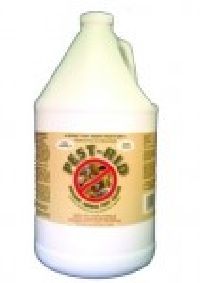
![]()
![]()
If you get the gallon jug, you can apply it using a good TRIGGER SPRAYER.
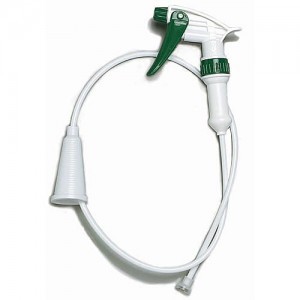
![]()
![]()
When applied properly, Pest Rid will keep cane toads out of the yard and it can do so safely without posing any kind of hazard to you or the family, including pets. Renew liquid applications once a month if you only spray. But for maximum benefit and control, lay down the granule first and then spray over the top for protection that will last 2 months or longer.
INSTALL TOAD SCREENING WHERE POSSIBLE
Since toads can't jump higher than a foot, installing SCREENING can help keep them out of the yard.This is a heavy gauge poly "diamond" pattern plastic is strong enough to use as a fence. Its ideal for use along the base of cyclone or stockaded fences. Add this to the bottom base with at least 6″ of the screening buried down in the ground and 18″ up above ground tethered to the fence or garden stakes. This will keep them from burrowing in or passing through the larger fence openings.
This screening is also strong enough to be set up as an independent fence. Make sure it's at least 24 inches tall and 6 inches in the ground. Install it around any pond or body of water you want to keep toad free; its strong enough to keep out snakes and lizards too.
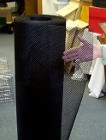
![]()
![]()
INSTALL TOAD REPELLERS
If you're not able to install screening due to the lay of the land or cosmetic reasons, another option is our SOLAR POWERED GROUND STAKE REPELLERS . Our repeller is one of kind and not available for sale elsewhere. These units use a range of repellents toads do not like and can cover large areas too.
Our design uses the sun to charge an on board battery so the device runs on its own, around the clock. The main way it works is by releasing a vibration that will both move the ground and create a sound wave small rodents, frogs and snakes don't like. It will vibrate several times a minute constantly rotating its cycle. But it also sends out an annoying sound frogs do not like it and will avoid areas where the sound is active.
In addition to the vibration and sound being released, our design also uses two LED bulbs located on underside of controller head. These light up at night showing as two subtle "eyes" when its dark. This makes the units look "evil". Small animals like toads that naturally forage on the ground will look up and see these discreet lights and become frightened. This happens because they perceive the eyes to be coming from a predator. Combined this with the vibration and the audible sound and you can effectively keep foraging toads out of the yard for good by placing units along points of entry.
To properly install units, plan on placing them along property borders spacing them out ever 60-75 feet. Coverage is circular so approaching toads will detect the unit from afar and stay clear of where they're active.
The exact coverage will vary depending on soil type. So loamy soft soil like that found along lake shores or the ocean, plan on getting 4,000-5,000 sq/ft of coverage per unit. But for hard pan, 6,500 to 7,500 sq/ft per unit will be possible and then some.
Setting up these units requires a little "charging" time. They come with a little power and the head is separated from the bottom stake. We advise setting the controller head in sunlight for 1-2 days so the battery gets fully charged and ready to go to work. This way they go afield under full power making them best suited to get the job done. For more detailed directions on how to set them up, download our SETUP DIRECTIONS .
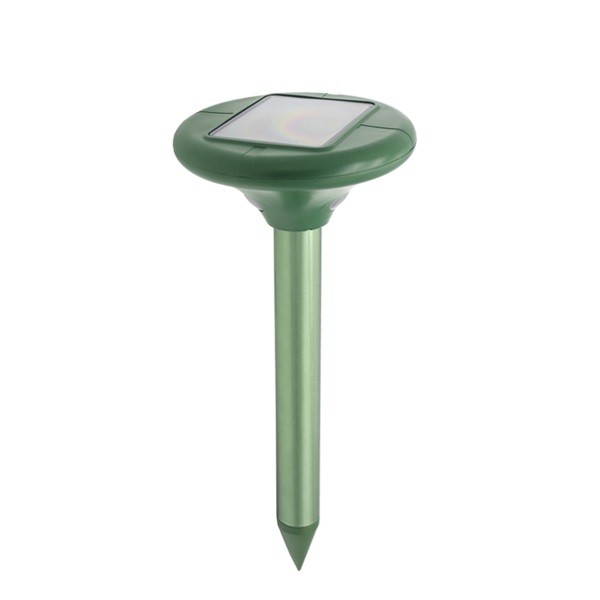
![]()
![]()
One of the most important keys to having success using these devices is to get them inserted properly in the ground. To do this you will need a smooth, well drilled hole for them to fill. The hole must be the proper depth and width. Our SOIL AUGER is perfectly designed for the task. Simply attach it to your favorite hand drill and take it out to the yard for the task at hand. Holes can be drilled in 10-20 seconds and will be just right. Plan on making the holes about 9 inches deep as units need to be installed so 1-2″ of the stake is above ground. This ensures the head unit stays off the ground.
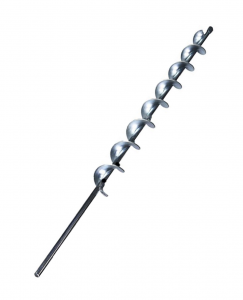
![]()
![]()

How To Get Rid Of Cane Toads
Source: https://bugspray.com/how-keep-cane-toads-out-yard.html
Posted by: zookcolove.blogspot.com

0 Response to "How To Get Rid Of Cane Toads"
Post a Comment